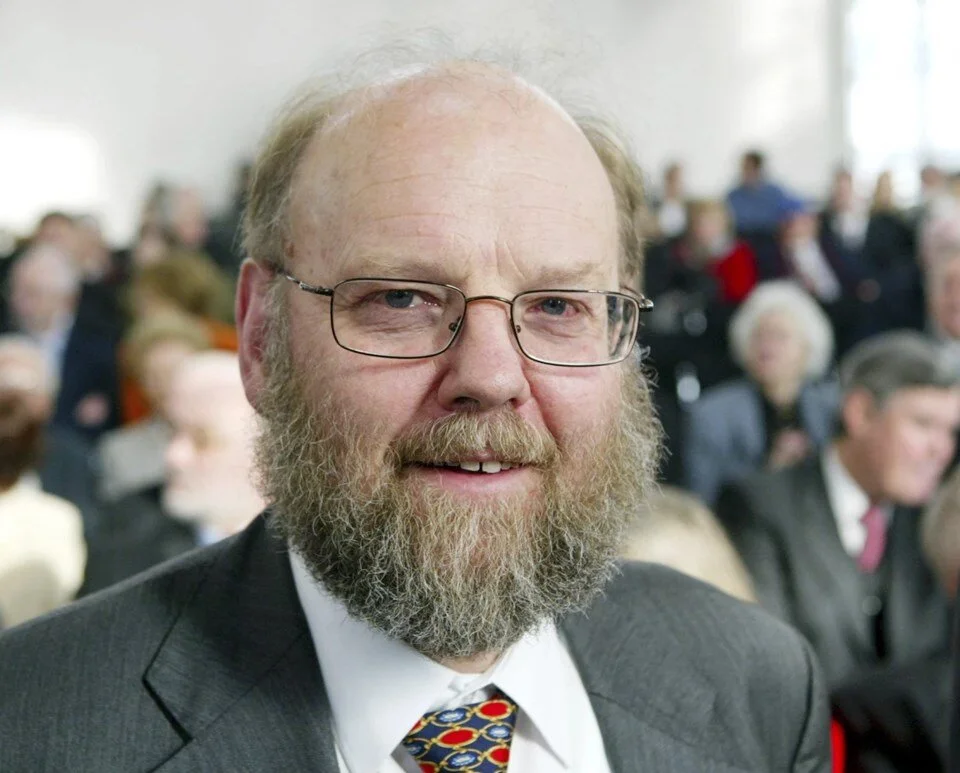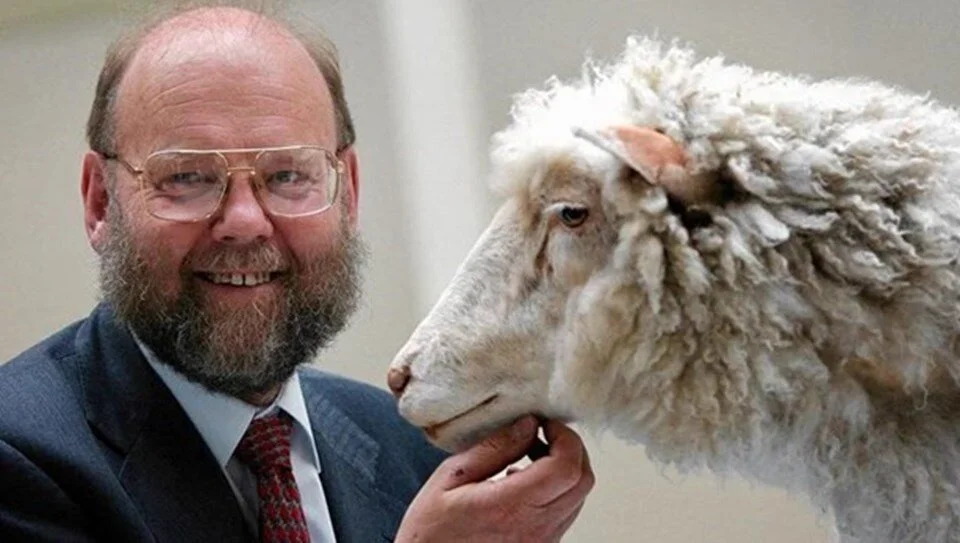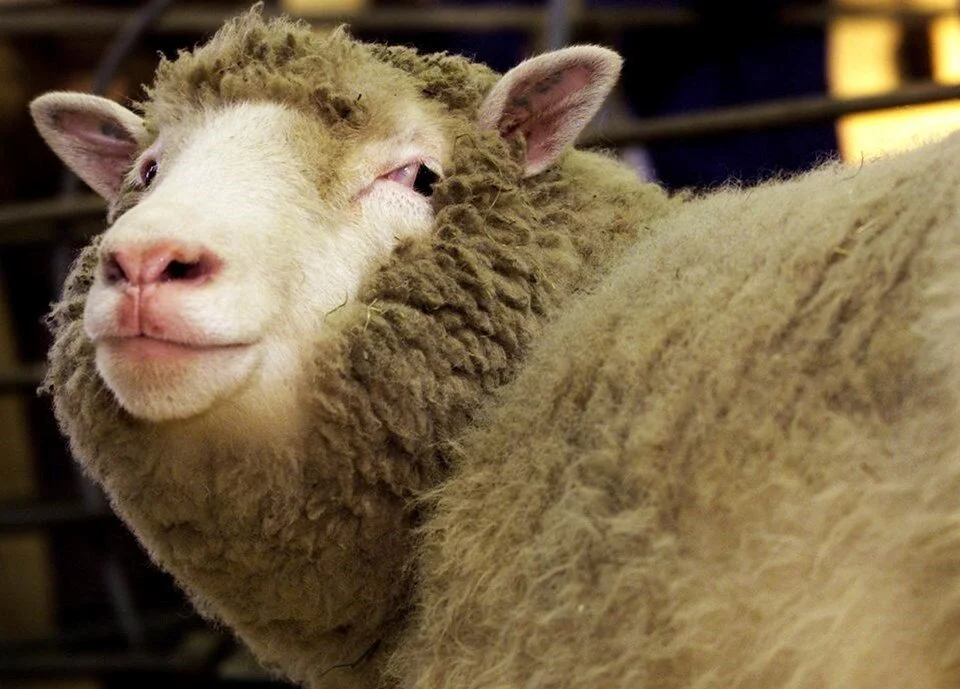Ian Wilmut, the scientist who cloned Dolly the sheep, dies

Ian Wilmut, the scientist who cloned Dolly the sheep, dies
British scientist Ian Wilmut, who cloned Dolly the sheep, died at the age of 79. Professor Wilmut was knighted by Queen Elizabeth for his contribution to the world of science with his work on Dolly.
The University of Edinburgh has announced that Ian Wilmut, the British scientist who cloned Dolly the sheep, has died at the age of 79.
“He pioneered efforts to develop cloning and nuclear transfer techniques that could be used to make genetically modified sheep,” the university said in a statement.

Wilmut cloned Dolly in 1996 with Keith Campbell at the university’s Roslin Institute. Wilmut had been diagnosed with Parkinson’s disease years ago.
On the other hand, Dolly gave birth to 6 lambs after her cloning and was put to sleep on February 14, 2003 due to progressive lung disease.
WHO IS IAN WILMUT?
Ian Wilmut was born in Hampton Lucey, an old town in England that was subjected to German bombing during the second world war.
Wilmut’s childhood interest in farming led him to study agriculture at the University of Nottingham. During his summer internships, he focused on embryology, which interested him.

In 1971, when he received his PhD from Cambridge University, he focused on genetic engineering in animals and did his thesis on freezing pig sperm. His postdoctoral work also shaped genetic research.
In 1986, a talk he attended gave his career a new dimension. In this talk, Danish embryologists demonstrated the success of producing a new lamb from the embryo cells of a lamb that had completed its development, which led him to think about the possibility of cloning a lamb from a mature sheep body cell. It was around this time that a fake report on mouse cloning emerged, leading to a withdrawal of support for the field. Wilmut and his teammate Keith Campbell continued to work with their own resources.
THEY MANAGED TO PRODUCE TWO LAMBS IN 1996
In the first half of 1986, Professor Wilmut and his team succeeded for the first time in producing two lambs, Megan and Morag, in embryonic cells. Although this success attracted the attention of the scientific community, it did not generate much publicity. In 1997, Professor Wilmut announced that they had cloned a sheep named Dolly, after Dolly Parton, a singer of the time, from the mammary cells of an adult sheep. This was the first time up to that time that the fusion of a body cell into an egg cell had produced a successful offspring. Unlike the previous one, this success attracted a lot of attention from the public, who wondered whether human cloning would be the next step.

CLONING OPENS THE DOOR TO MEDICAL SCIENCE
Although Dolly died of respiratory problems in 2003, Prof. Wilmut continued his work as head of the reproductive biology department at the Centre for Regenerative Medicine Research in Edinburgh. His success has paved the way for therapeutic animal cloning. Animal cloning for these purposes has been a beacon of hope in opening the door to important medical scientific advances. For example, a protein that plays an important role in hemophilia can be produced in animals and given to humans and solutions to the disease can be developed, while cloned animals can be used in organ transplants. In addition, cloned animals could be used for milk and wool production, which could be a solution to a possible resource shortage.

KNIGHTED BY QUEEN ELIZABETH
The ability of James Thomson and John Gearhart in the US to control stem cells capable of differentiating from human embryos has been one of the most exciting developments in this field. However, in both the US and the UK, ethical issues surrounding human embryos have been an obstacle to the continuation of this work. In 2005, Professor Wilmut obtained a license to clone human embryos. His aim was to find solutions to neurological diseases. 2 years later, Dr. Shinya Yamanaka announced that they had found a new method to transform adult body cells into stem cells from the past. Wilmut and his team immediately proved that this new method worked in human cells. With this development, Prof. Wilmut abandoned the human embryo cloning project he had started before and started to pursue developments that would provide hope for diseases such as Parkinson’s, Stroke and Alzheimer’s by applying this new method. Prof. Wilmut was knighted by Queen Elizabeth for his contributions to the world of science with his Dolly studies.






